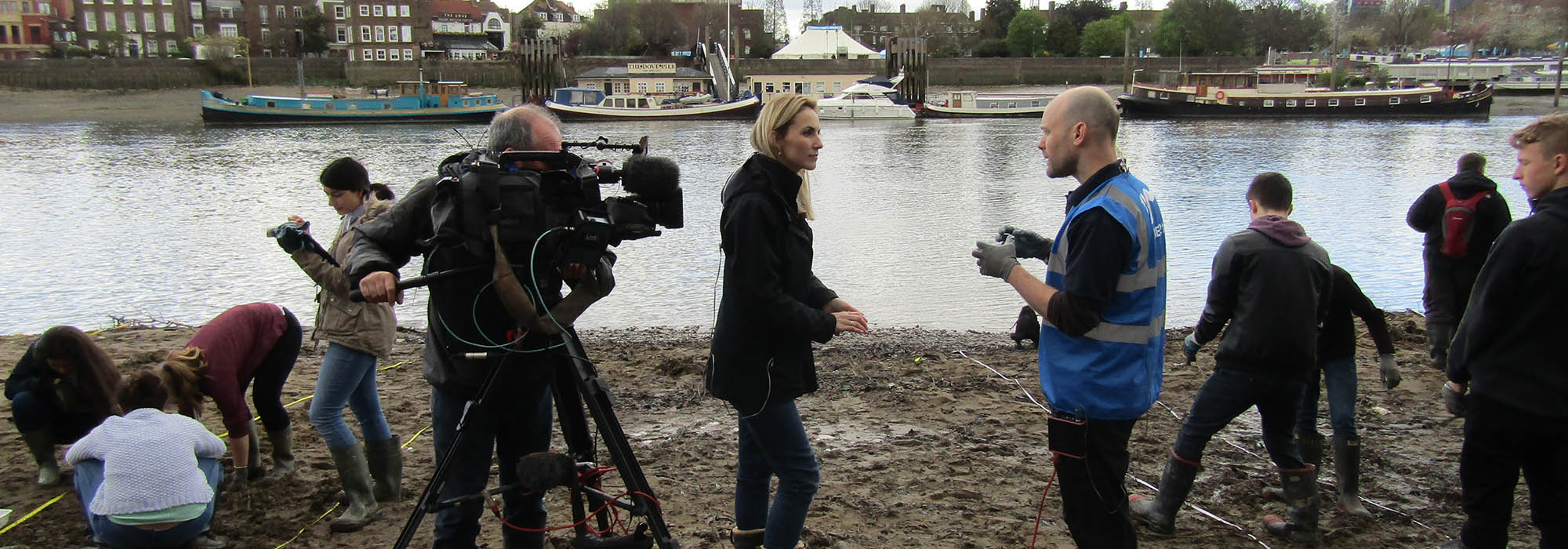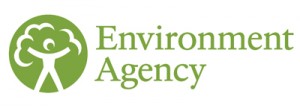Reedbeds could help revive polluted River Lea
Independent research calls for extensive reedbed creation to reduce water pollution, boost biodiversity and increase London green space.
The creation of reedbeds along the River Lee (or Lea)* Navigation could be a low-cost and attractive part of a solution to the river’s significant pollution problems.
A new independent report commissioned by Thames21 reveals huge potential for reedbeds to boost biodiversity, reduce the effects of pollution and improve the social and amenity value of the lower Lee Catchment. Reedbeds are regarded as one of the most important ecosystems on earth and are sometimes referred to as ‘the kidney of the landscape’ for their important role in filtering pollutants and maintaining fresh water health. The research report ‘Project Reedbed’ was supported by the Environment Agency and carried out as part of the charity’s Love the Lea campaign. The full report can be accessed here and the appendix here.
Thames21 Programmes Manager Theo Thomas said “This research sets out very clearly how important reedbeds are for our river systems and wider environment. This solution is within our grasp and will help make the Lee healthier. It also provides specific guidance on where and how they can be implemented for far-reaching benefits to water health, biodiversity and social and amenity value.”
John Bryden, Biodiversity Officer for the Lee Catchment at the Environment Agency, said: “We’re delighted to fund and help Thames21 develop this report which outlines how the River Lee Navigation can improve, for people and wildlife throughout the area.
“Over the next five years we hope to see a number of the recommendations of the report implemented, leading to a substantial change in the look and amenity value of the River Lee Navigation. This will allow for more wildlife to inhabit the river and will hopefully allow for more people to enjoy themselves in and around the area.”
Existing reedbeds with potential for expansion and improvement, and sites suitable for new plantings on the Lee Navigation within the M25 were identified with the help of volunteer surveyor teams in the second half of 2012.
It was found that only 8% of the river currently benefits from reedbeds, which are recognised as a UK Biodiversity Action Plan to be preserved and promoted wherever possible. The report identifies 60 new sites on the Lea suitable for reedbed creation, with multiple environmental and social benefits for relatively low cost and effort.
The Lower Lee catchment is known to suffer from ‘severe problems with water quality’; hard engineered modifications to the river and on-going water pollution, drastically inhibit wildlife and impairs peoples’ enjoyment of the river. The Lee contains high levels of phosphates and nitrates due to under-capacity sewage treatment works, household misconnections and road run-off. The effects of this pollution in the River Lee Navigation could be significantly reduced through the natural and low cost implementation of reebeds, which can remove dangerous chemicals from the water in a function, which if directed artificially is highly expensive and energy intensive. Reedbeds can store nutrients such as phosphates and nitrates, which are damaging at high levels, preventing them from moving downstream. This function is particularly significant as phosphate and nitrate over-loading is a direct contributor to the Lee’s failing health status under the European Water Framework Directive.
This report paves the way for practical solutions to improve the health of the river for environmental and social benefit, which would also help the UK to meet its targets under the WFD. It is hoped the practical plan set out by the independent research will be used to inform partnership solutions to improve this badly neglected river
Reedbed creation is just one part of the solution to a river beset by complex problems in a highly urbanised environment. Thames21 will work with volunteers, community groups and local authorities to monitor the health of the river before, during and after reed planting to build on the growing body knowledge of these solutions.
River user groups, residents, local authorities and business that live and work near to the Lee are encouraged to consider their role in helping to restore the reedbed habitat for East London’s river. Thames21 will work directly with interested parties to plant and maintain these hugely important habitats, which not only have special functions that can enable them to remove and store significant quantities of aquatic pollutants, but could also help boost numbers of several rare and endangered species and improve biodiversity.
In the UK, reedbeds are important habitats for native mammal species, including: harvest mice; water shrews; otters; and water voles, endangered water birds such as the bittern and reed warbler and amphibians and fish, including the endangered European Eel.
*A note on the spelling: The Lea Navigation and Lee Navigation are both widely used and accepted spellings which refer to the same waterway. The report uses the spelling Lee, though in general Thames21 makes use of the Lea spelling based on community sentiment.
For all media enquiries contact Emily Braham emily.braham@thames21.org.uk
07827 352 675
For more information about the Project Reedbed report and associated activities, please contact Theo Thomas: theo.thomas@thames21.org.uk / 07968 012 757
Notes
Thames21 is calling for a collaborative approach to help fix the broken urban water cycle in East London and make the River Lea and its tributaries healthy. Innovative partnership solutions are needed solve the problems that cause the River Lea to fail disastrously the water quality standards set out in European legislation under the Water Framework Directive.
- For more information about Thames21’s recommendations for a healthier River Lea see: http://www.thames21.org.uk/2012/12/a-healthier-future-for-east-londons-rivers-three-big-solutions/
- For more information why the Lea fails the Water Framework Directive read the Environment Agency’s Report see http://www.environment-agency.gov.uk/research/planning/125035.aspx p346
- The European Water Framework Directive was established in October 2000 to create a framework for the protection of inland surface waters (rivers and lakes), transitional waters (estuaries), coastal waters and groundwater. It will ensure that all aquatic ecosystems and, with regard to their water needs, terrestrial ecosystems and wetlands meet ‘good status’ by 2015
- http://www.defra.gov.uk/environment/quality/water/wfd
- River Basin Management Plans are continually developed plans to improve each river basin based on the WFD. To access information about the Thames Basin Management Plan, under which the Lea falls, see: http://www.environment-agency.gov.uk/research/planning/125035.aspx


